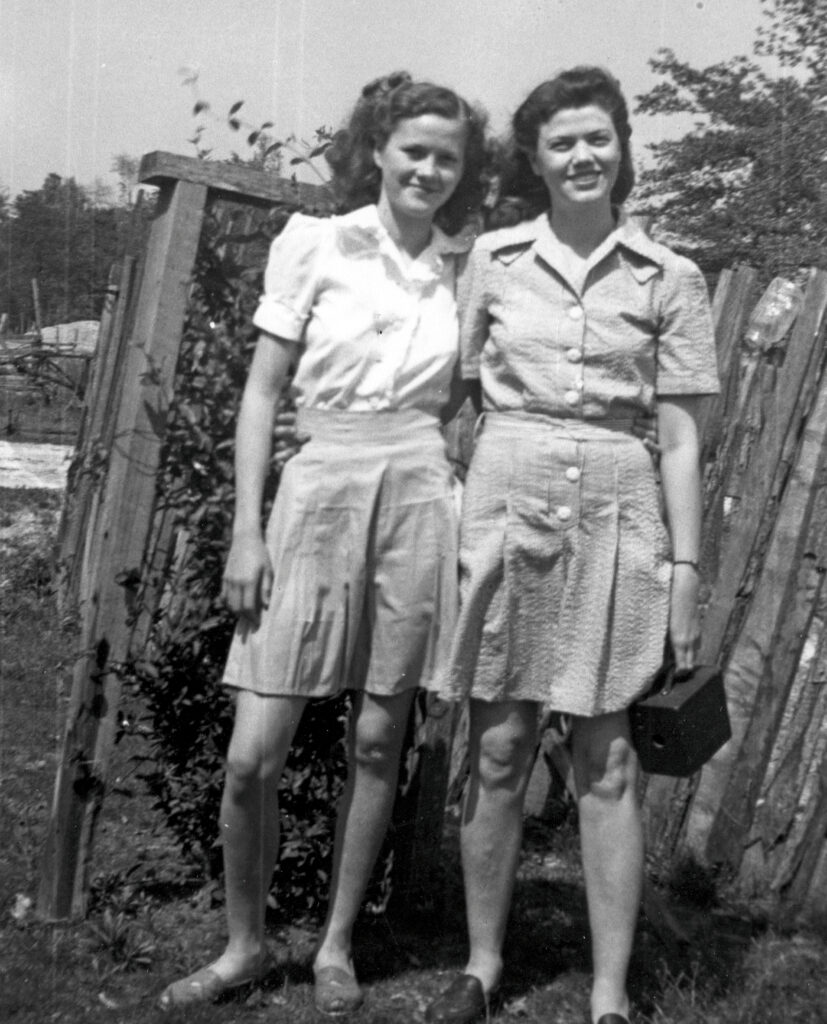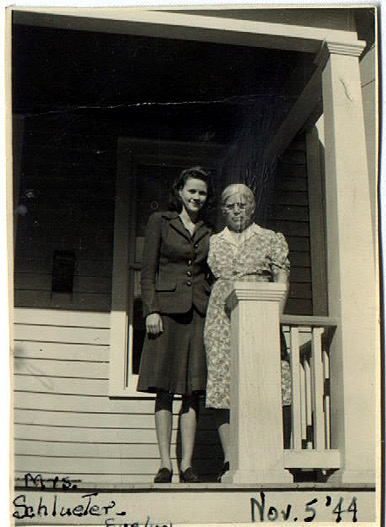I’ve long been interested in how the mind works. What is consciousness? How is that different from awareness? Where do thoughts come from? Is the sense of self an illusion?
From the video below: “At its core, AI, just like the human mind, is all about processing information. It uses complex algorithms, labels, and symbols to make sense of the world and respond to its environment. It takes raw data as input, processes it based on its programming, and generates an output.”
Here’s another excerpt from the video (watch on YouTube) I found really interesting:
“The choice to use an AI voice has sparked a lot of conversations. Some people feel that using it makes the message feel less personal, less human. But others find it refreshing, even profound. Its neutrality and essentially egoless nature allows the message itself to shine through more clearly.”
I started having voice conversations with ChatGPT in late 2023 and prefer that to text since more of my questions turn into conversations. Put me in the “refreshing/profound” column. If you are into (as we said in the 60’s) this kind of stuff, I think you’l really enjoy this video.

 The photo above (my mom and Aunt Marie) was probably taken sometime in the mid-1940s on the family farm near Broseley, Missouri. I’ve seen this photo countless times but not sure I’ve noticed the camera in my aunt’s hand. A little history from ChatGPT:
The photo above (my mom and Aunt Marie) was probably taken sometime in the mid-1940s on the family farm near Broseley, Missouri. I’ve seen this photo countless times but not sure I’ve noticed the camera in my aunt’s hand. A little history from ChatGPT: